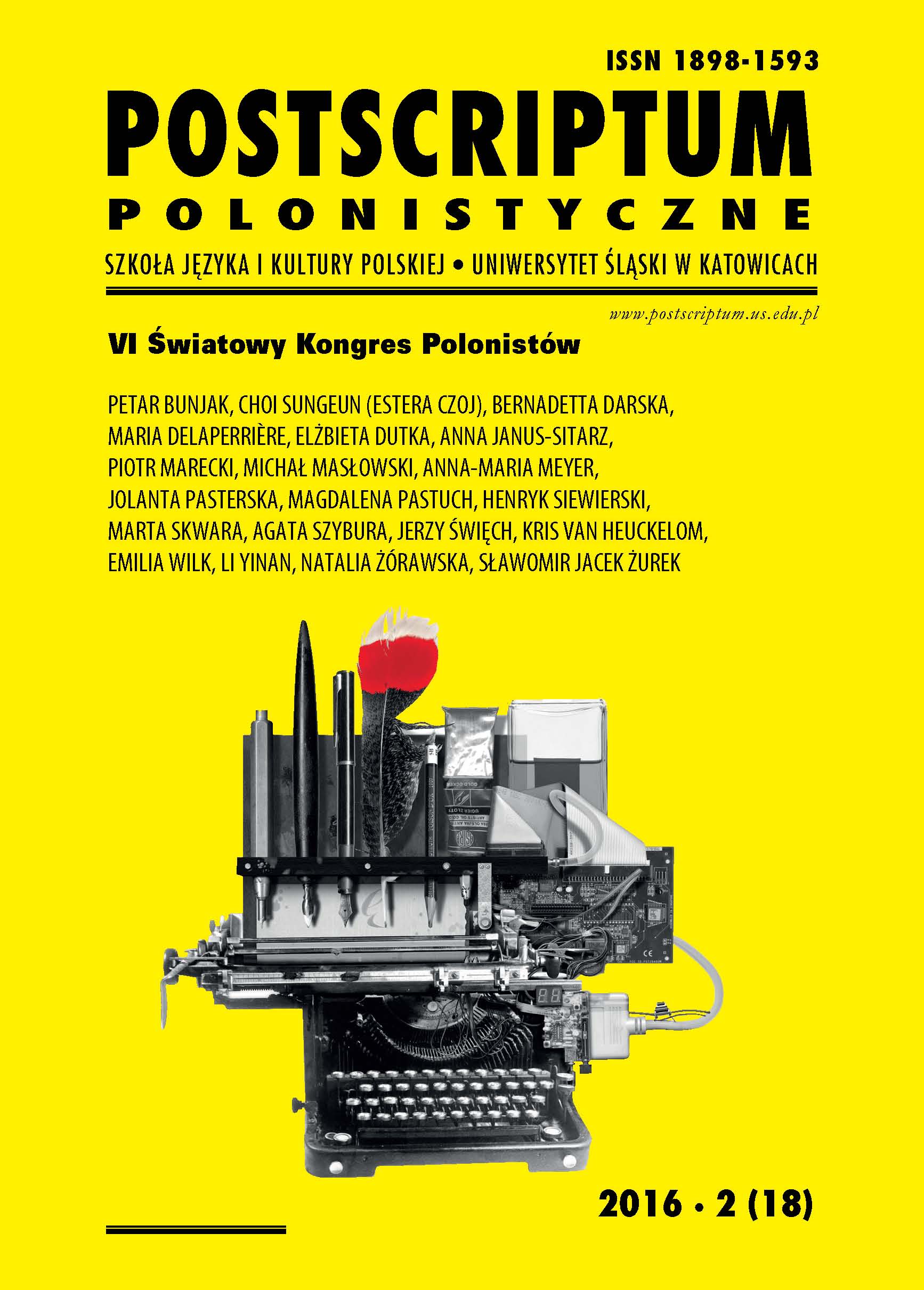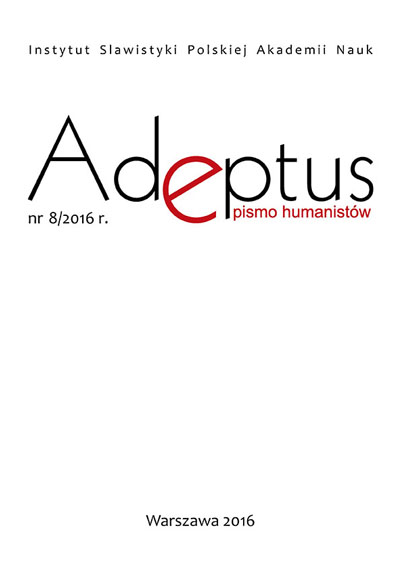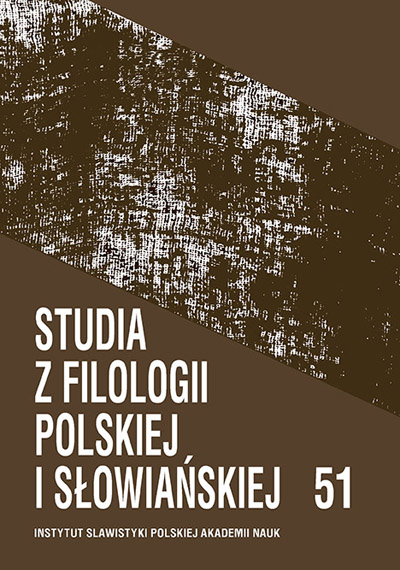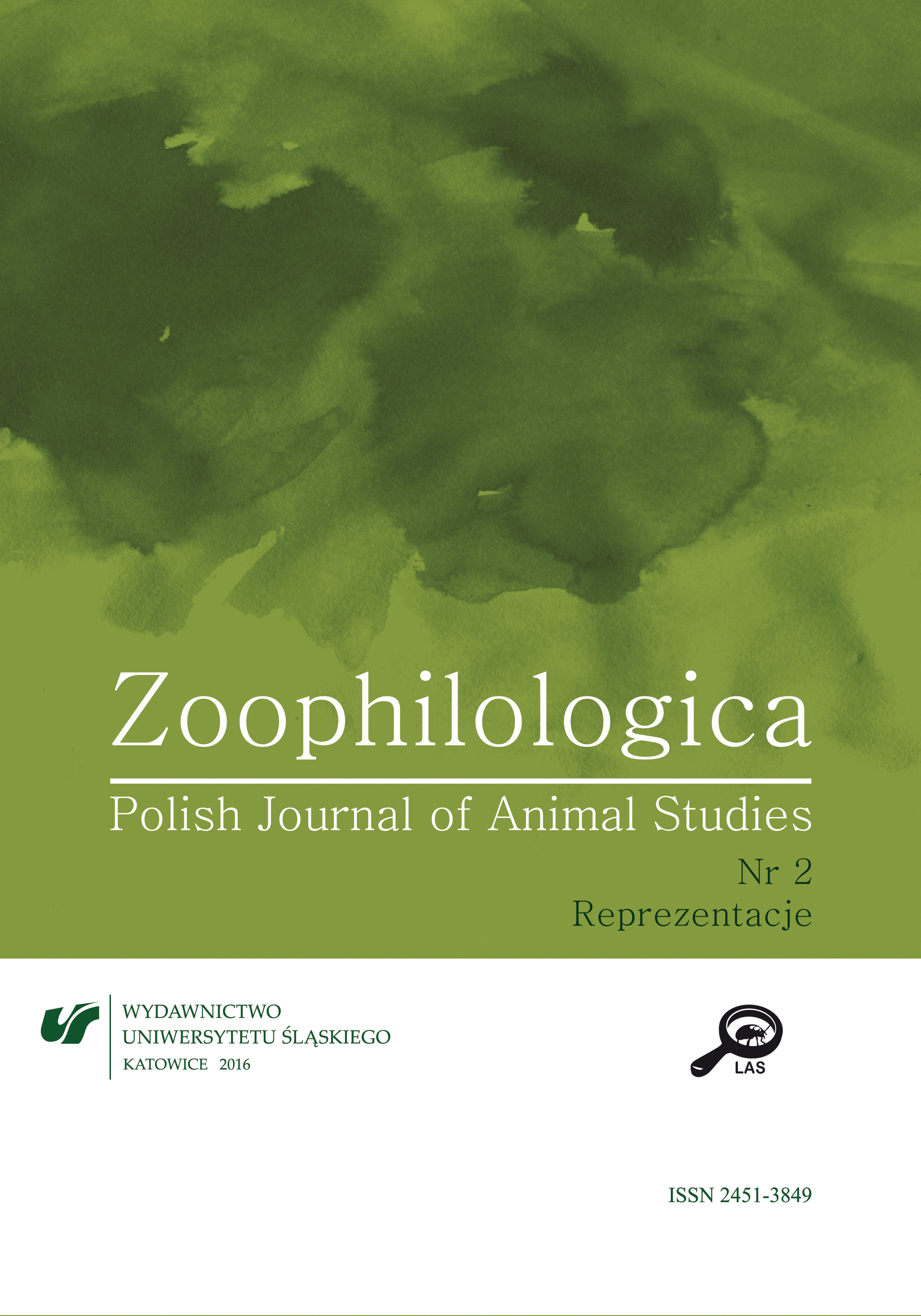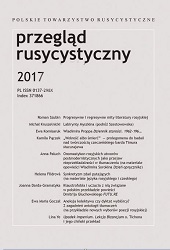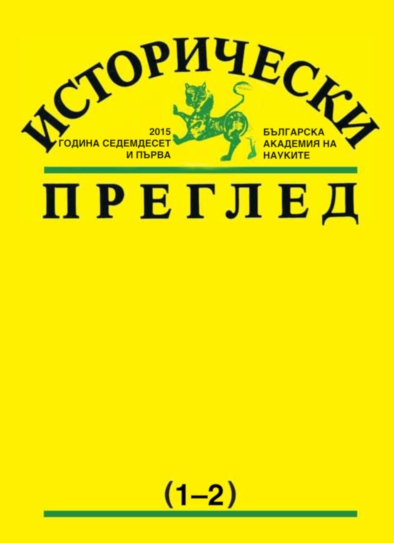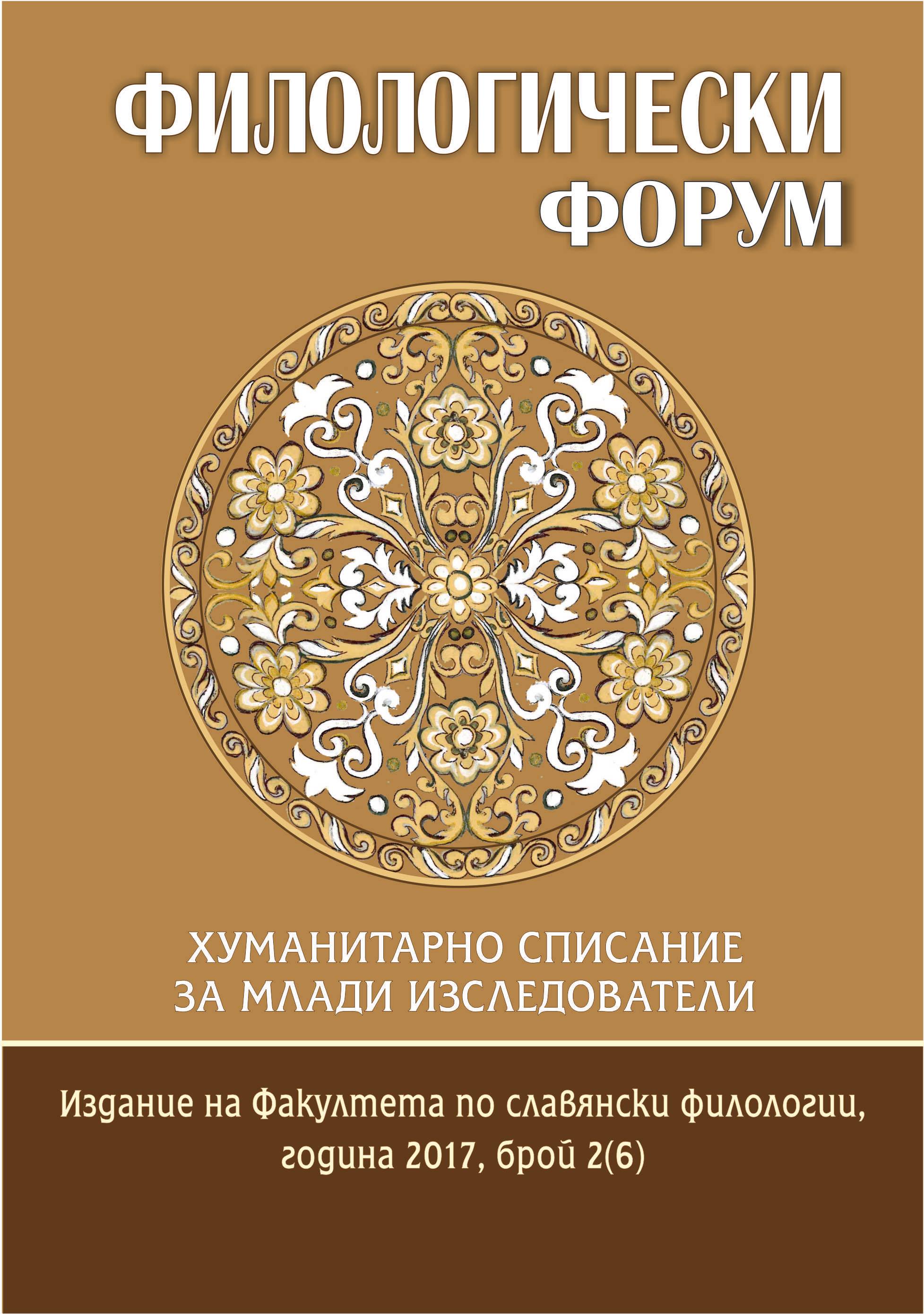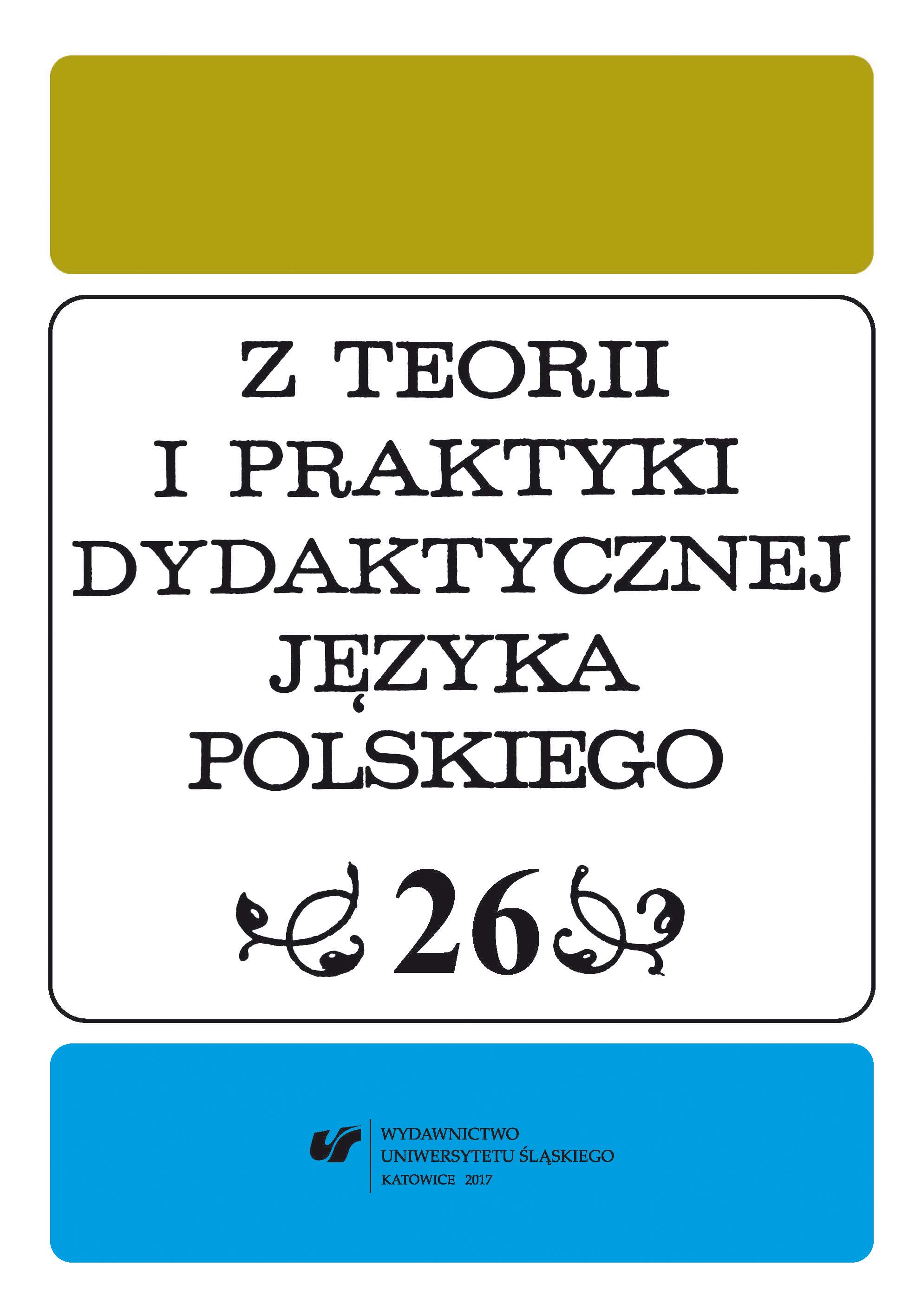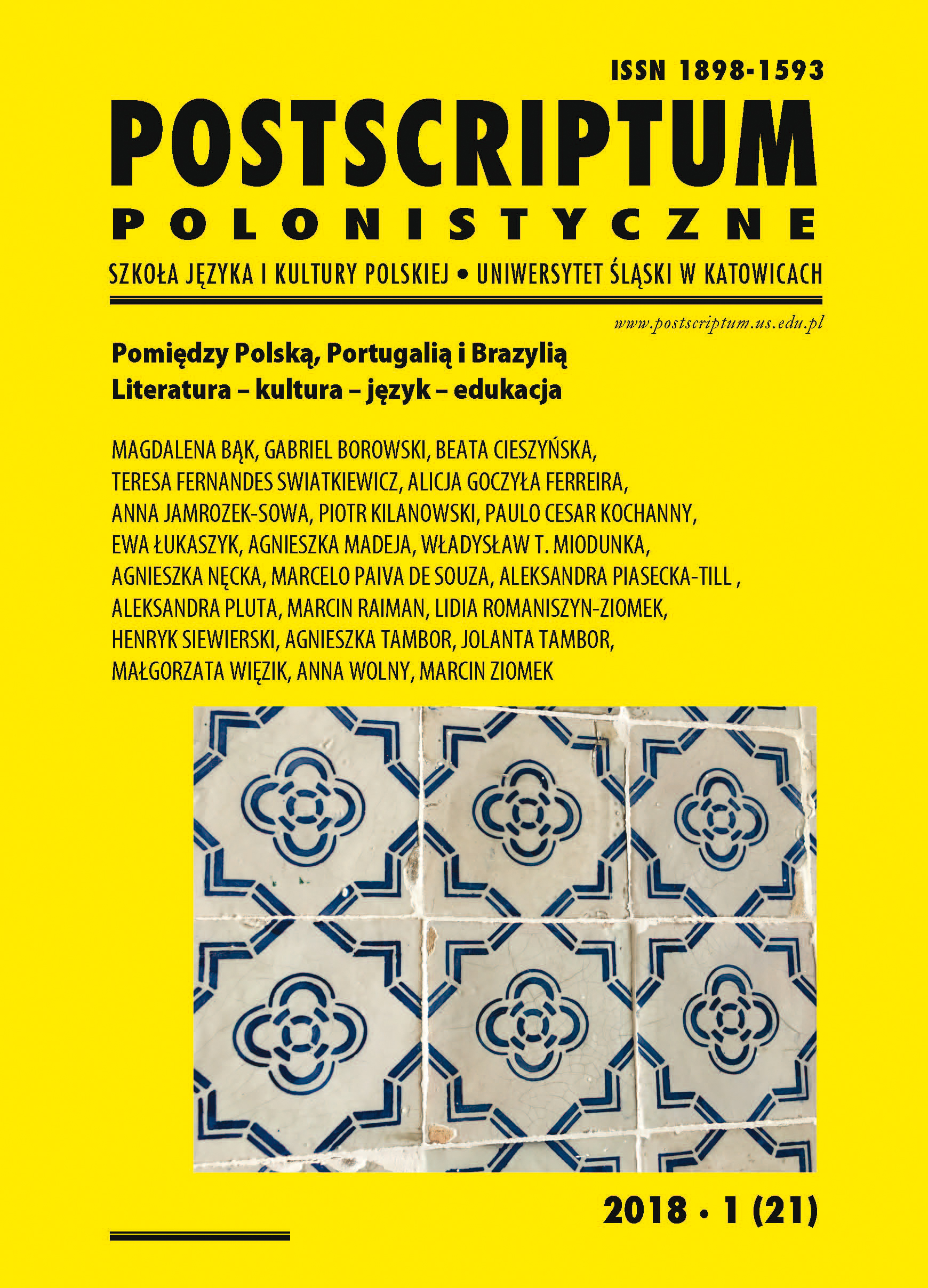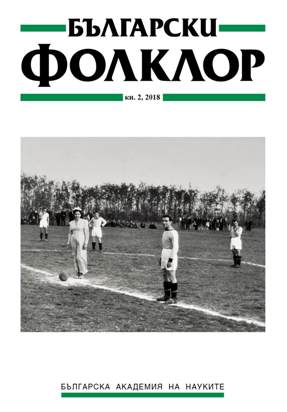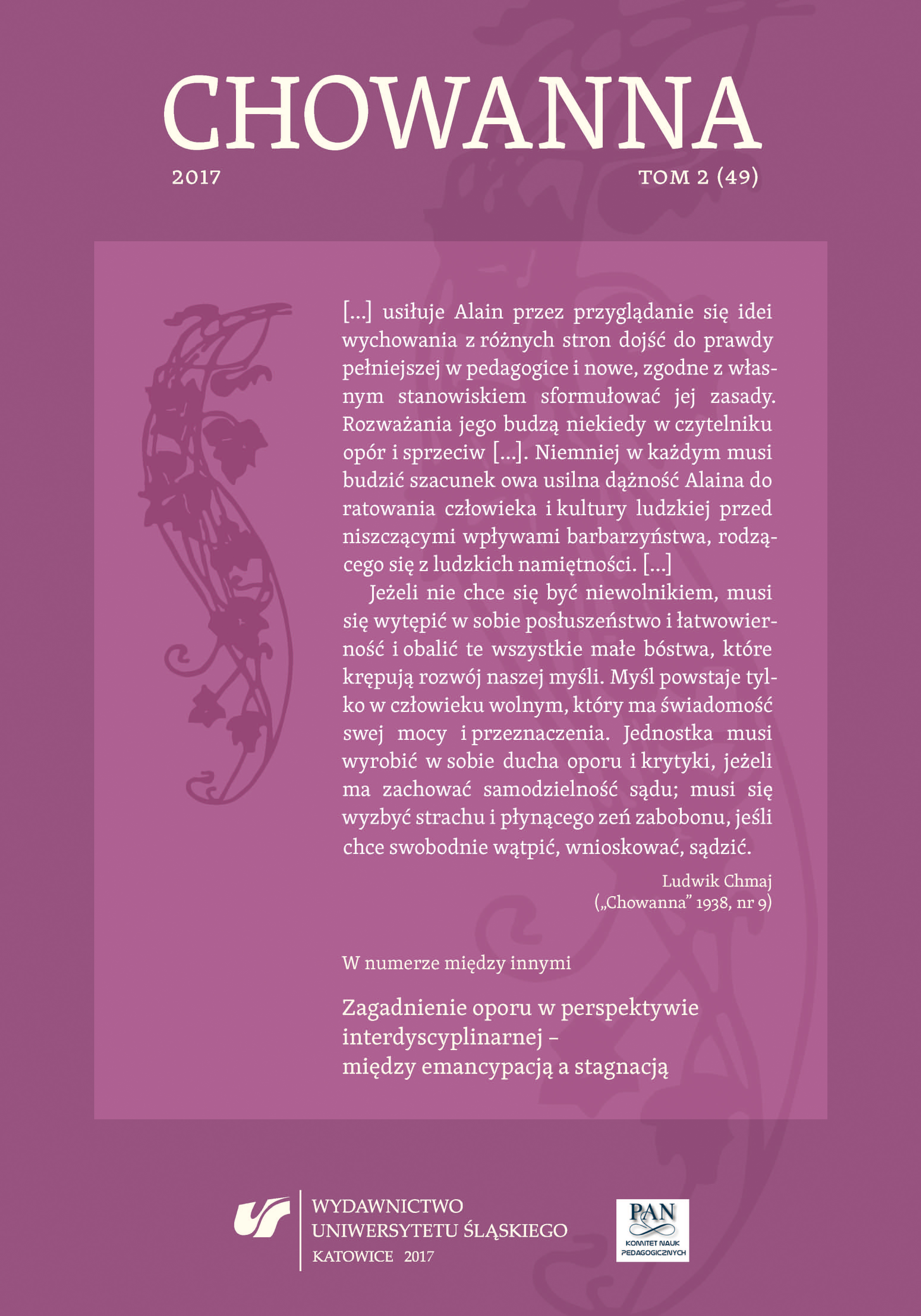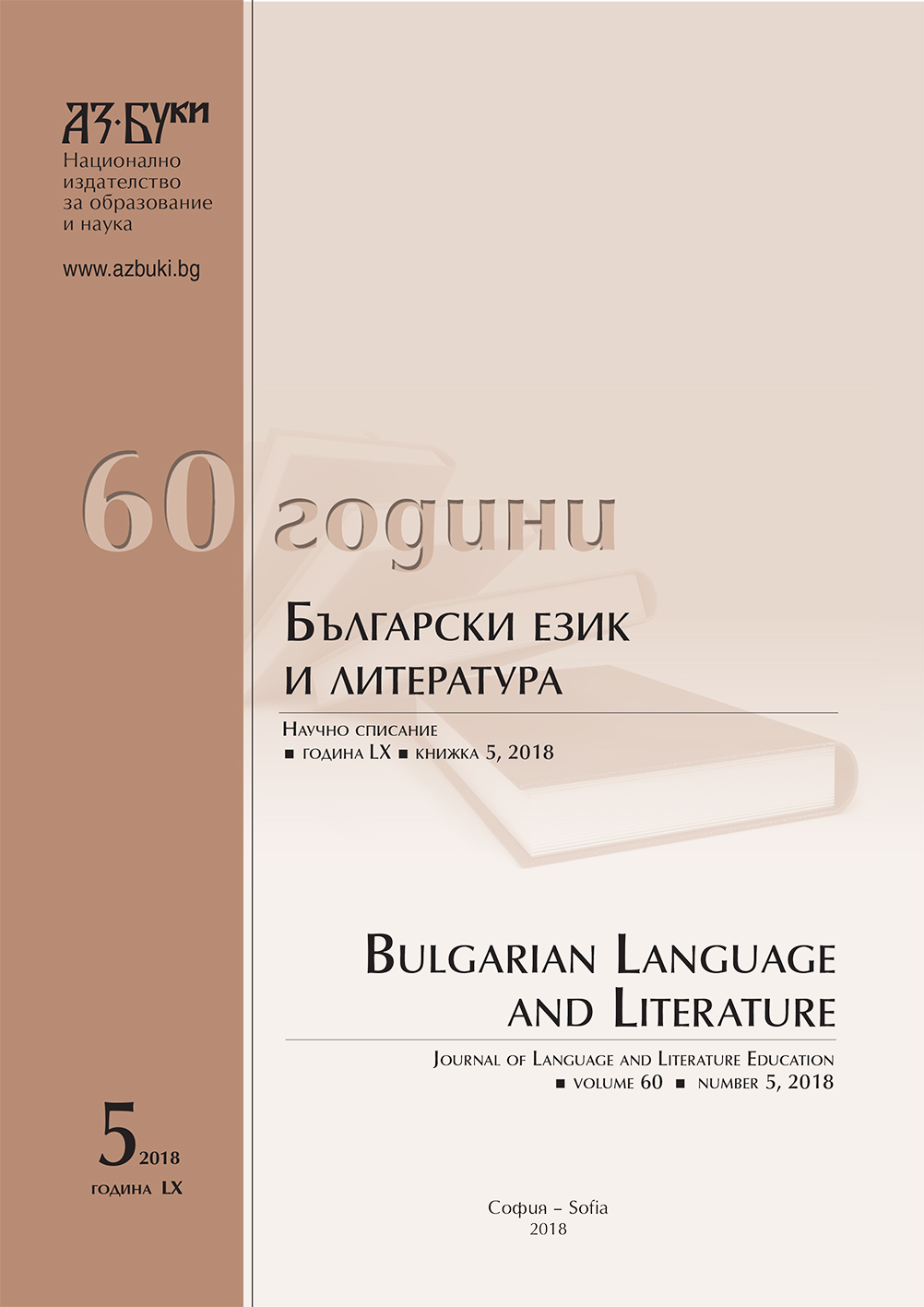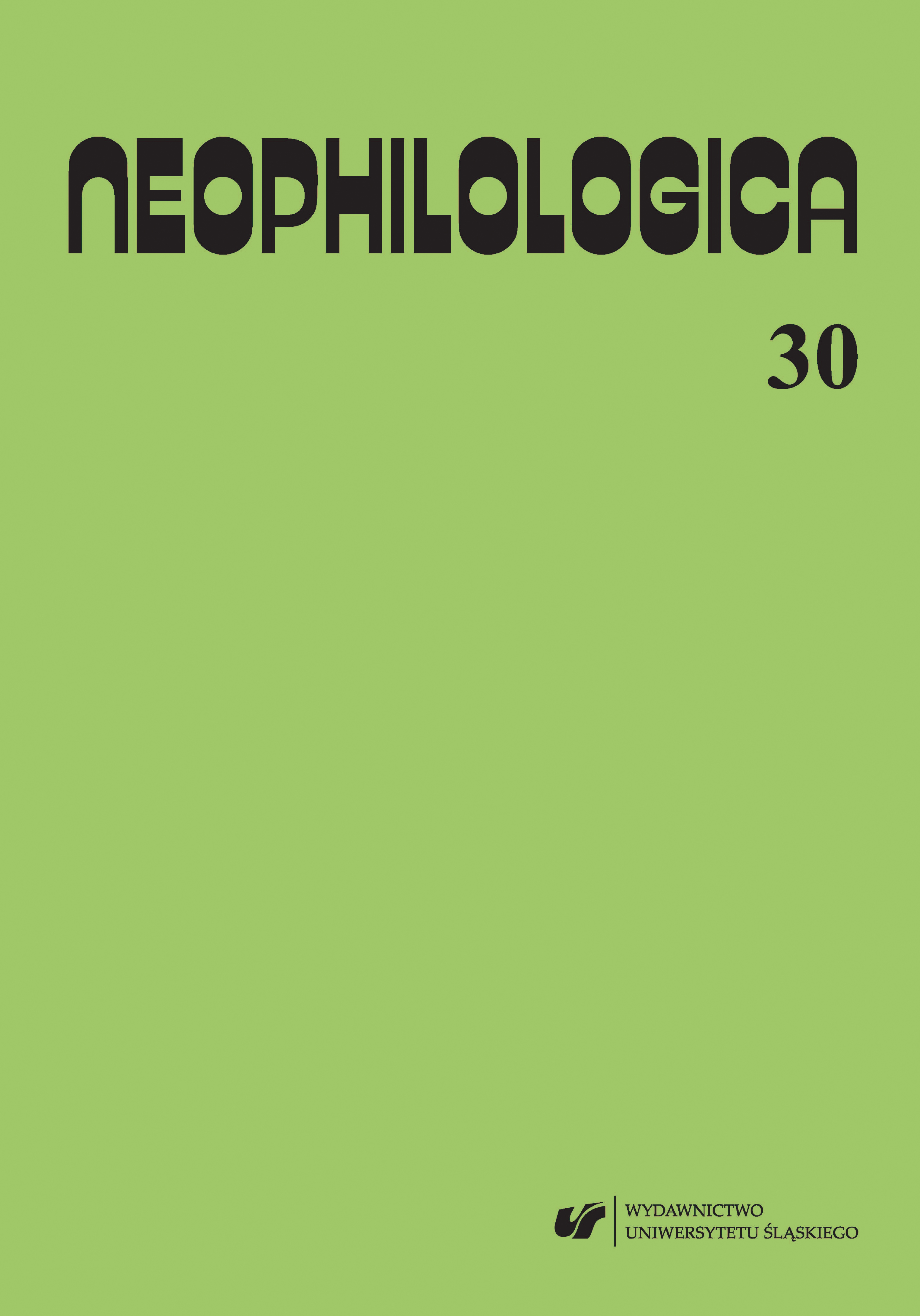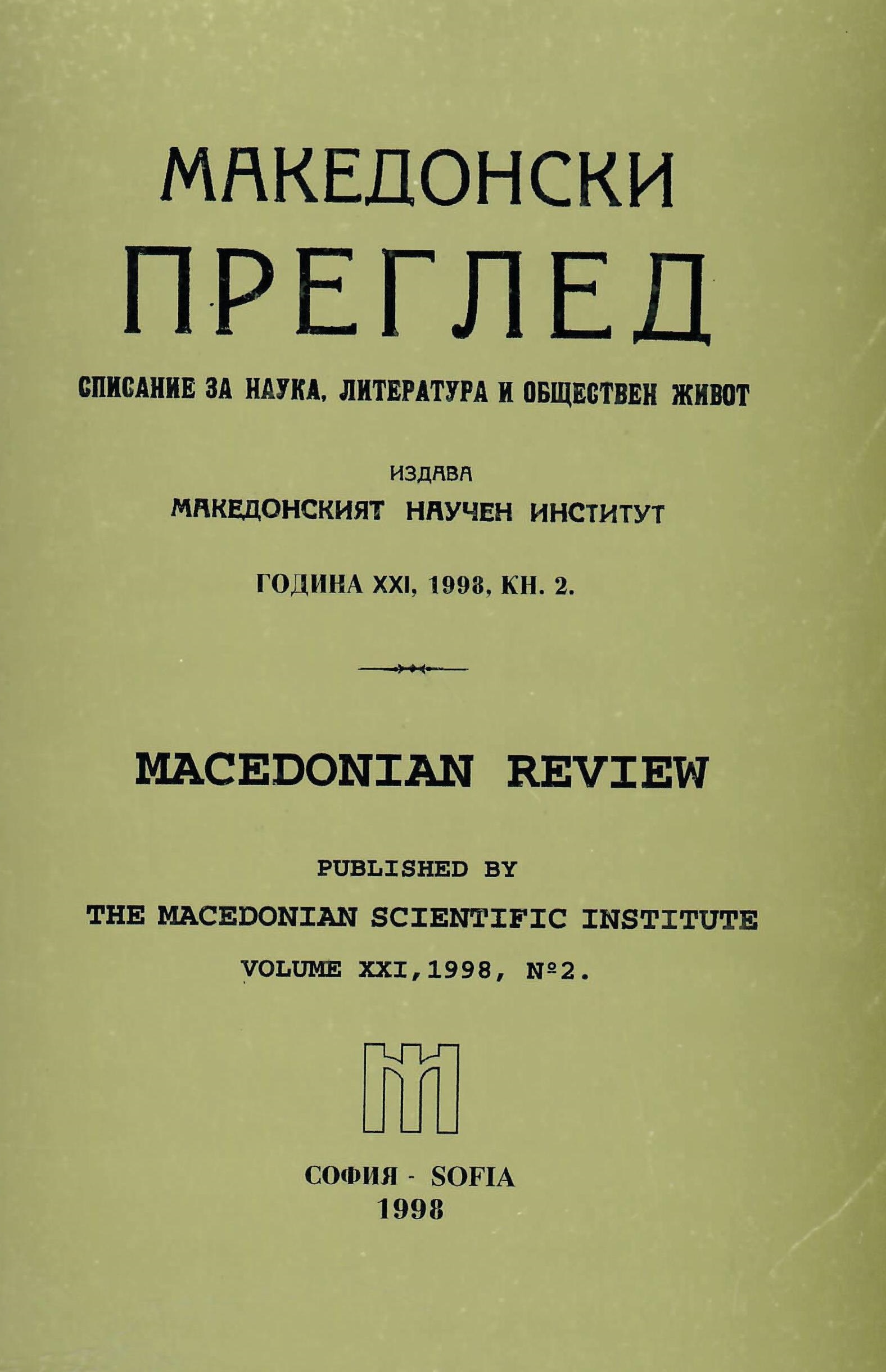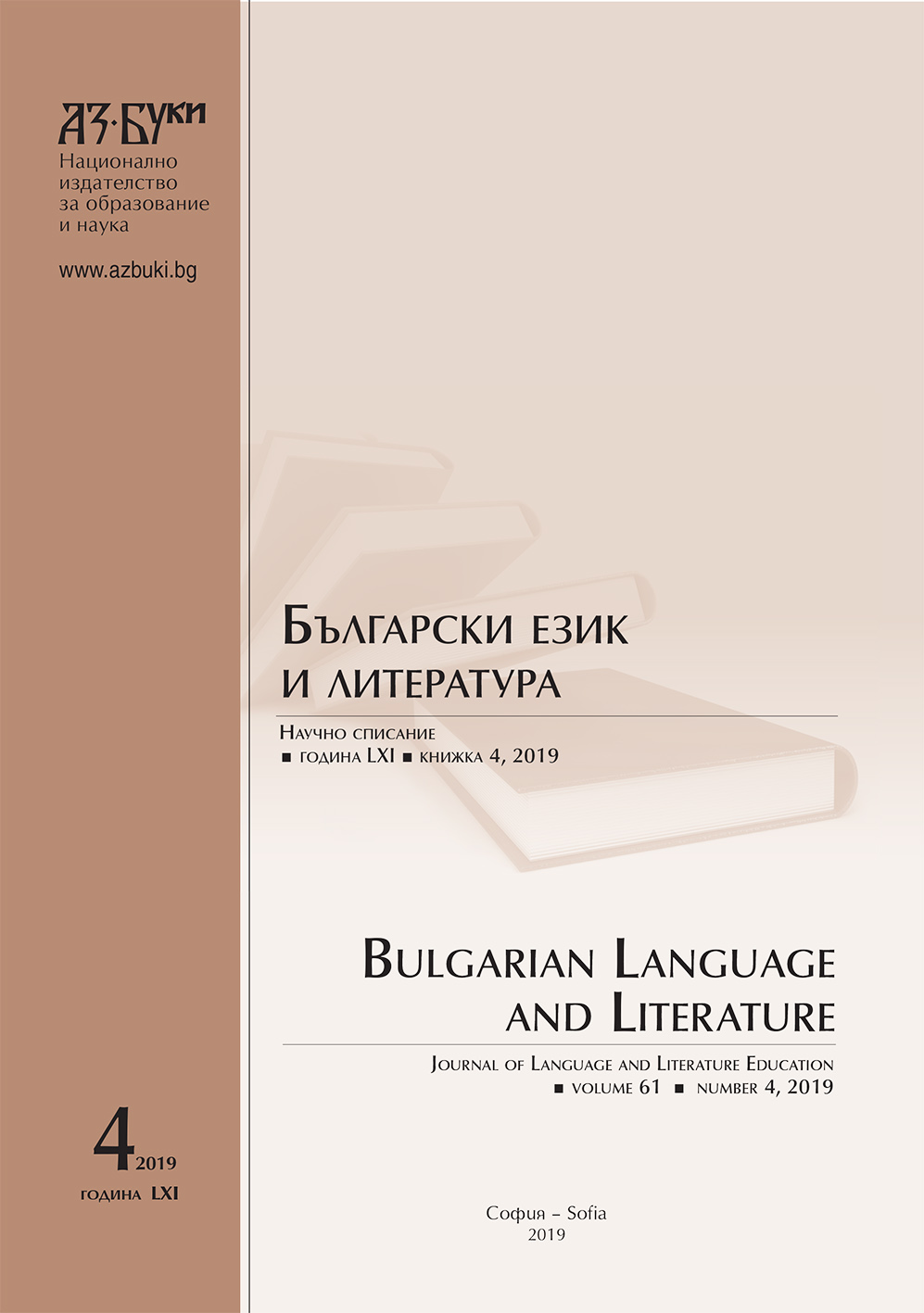Author(s): Dragana M. Ratković / Language(s): Polish
Issue: 51/2016
The paper gives a comparative historical analysis of derivative words with the i / i/y- interfix and a verb as the first component in Serbian, Russian and Polish from the standpoint of contemporary Slavic morphology (derivatology). The aim is to provide their description in terms of semantic variation. The author ascertains that all the three languages feature a derivational model of forming expressive lexis by means of the i / i/y- interfix, predominantly nouns, of mostly humorous and pejorative meaning. A special group is formed by onyms (nicknames turned surnames, but also toponyms, oronyms, hydronyms etc). This type of words first occurred in Serbian and Russian in the thirteenth century (possibly in Serbian in the eleventh century), and in Polish in the fifteenth century. Judging by the available sources, derivatives with the i- interfix appear frequently in historical as well as modern Serbian, Polish and Russian (much more in Serbian and Polish than in Russian). In Serbian and Russian pre-nineteenth-century sources chiefly given names and nicknames-turnedsurnames were noted (in Russian, also some animal and plant names as well as abstract nouns). In Old Polish, words of the discussed kind are zoological and botanical lexemes; from Middle Polish on, the lexemes encompass all semantic categories characteristic of modern Serbian and Russian. It should, however, be stressed that the inaccessibility of the spoken language as well as the limited number of sources introduce considerable uncertainty to observations regarding the time of origin and vocabulary of the first centuries of Slavic languages. This applies especially to expressively marked lexemes, a considerable portion of which is constituted by common nouns of the “A (verb) + -i- / -i/y- + B” model. In contemporary Serbian, Polish and Russian, the lexis formed by means of this derivational model is almost equally developed conceptually and relates predominantly to the same phenomena. Expressive words in all three languages are formed in the processes of metonymisation, metaphorisation, personification, hyperbolization and grotesque, and are characterized by numerous derivational and semantic equivalents.
More...
